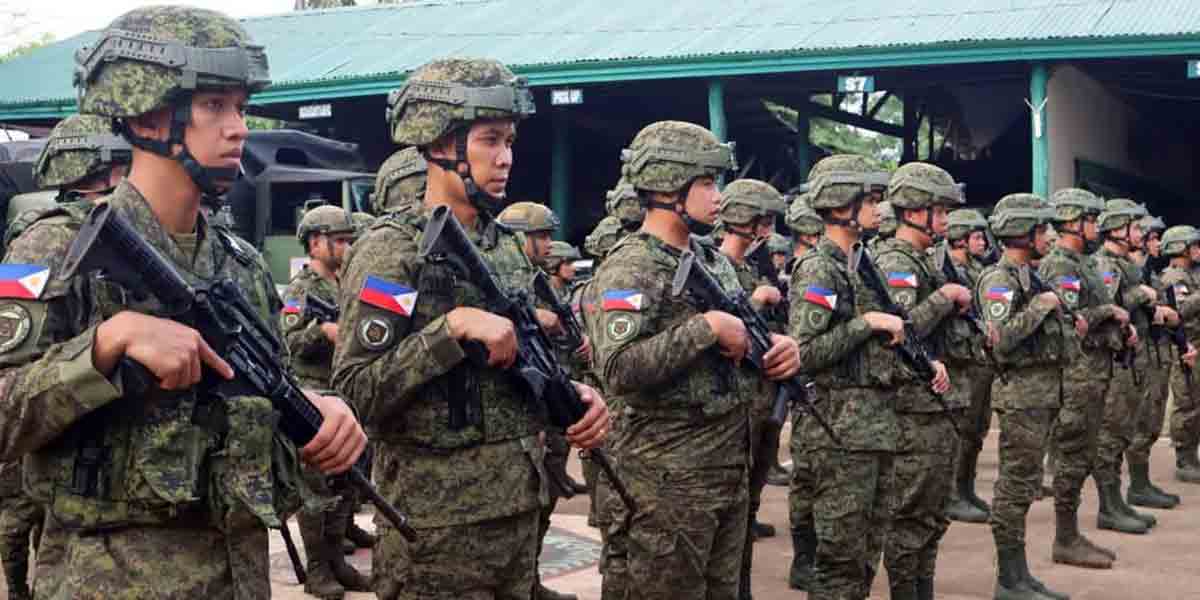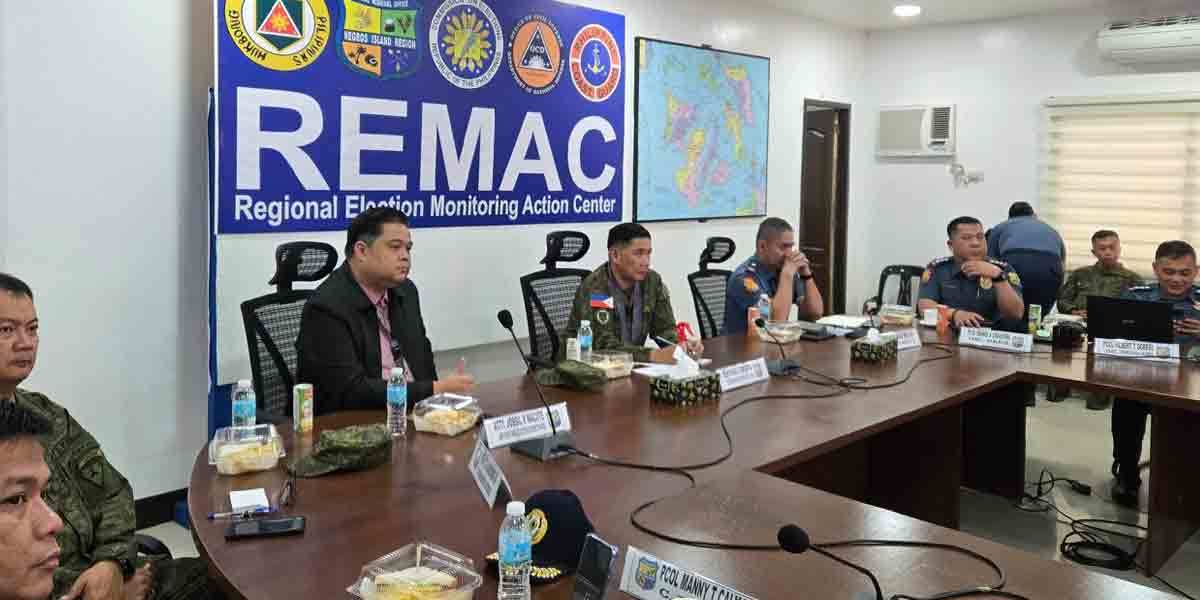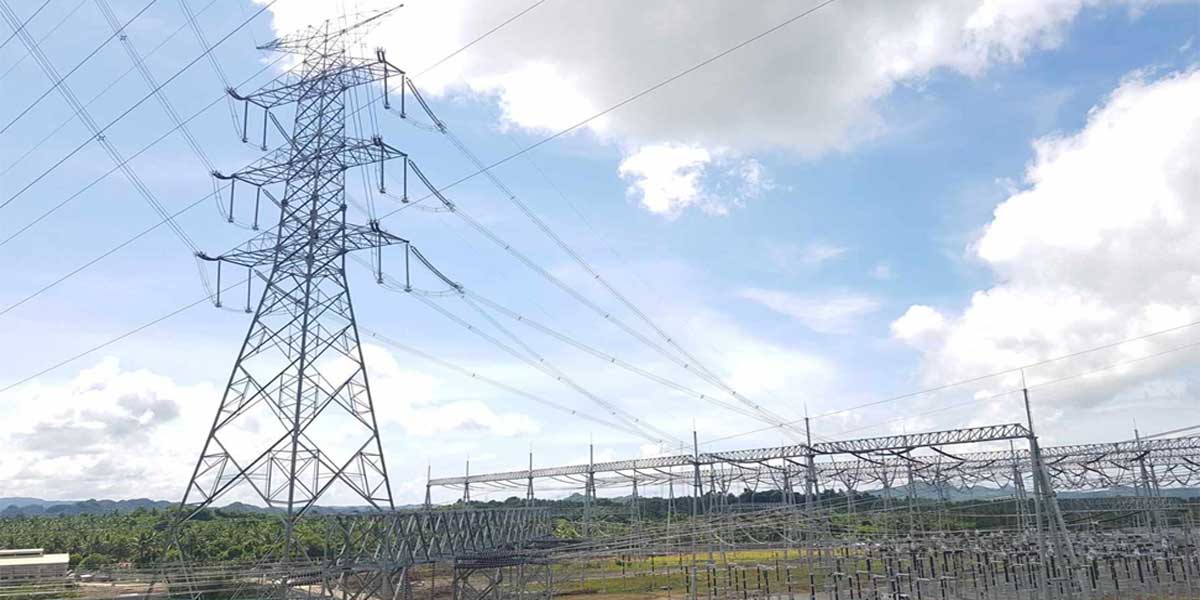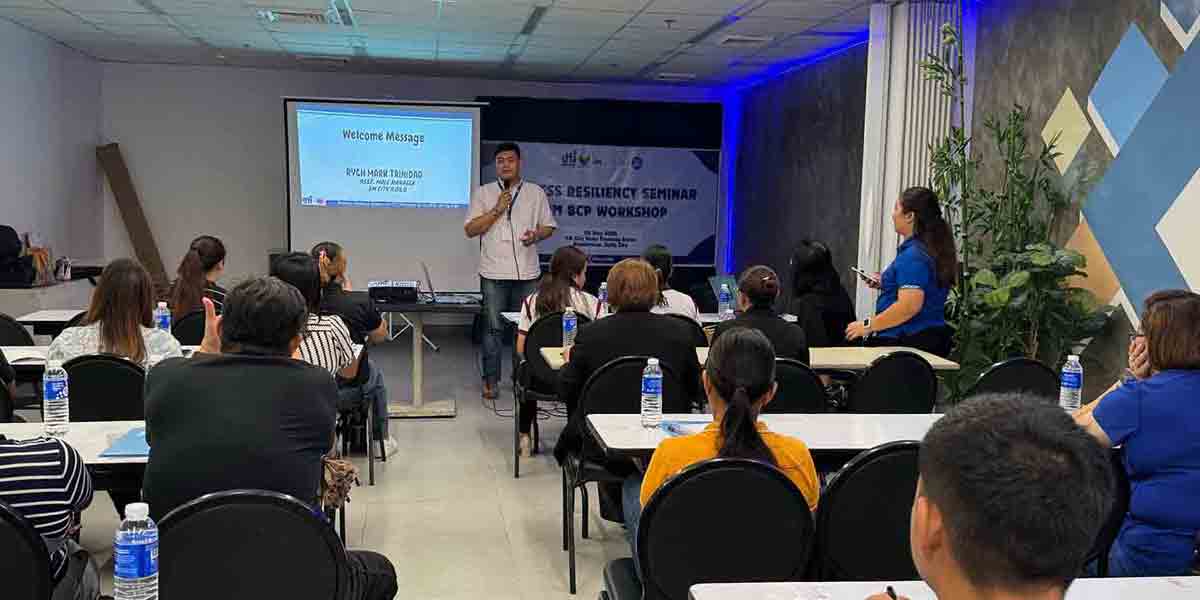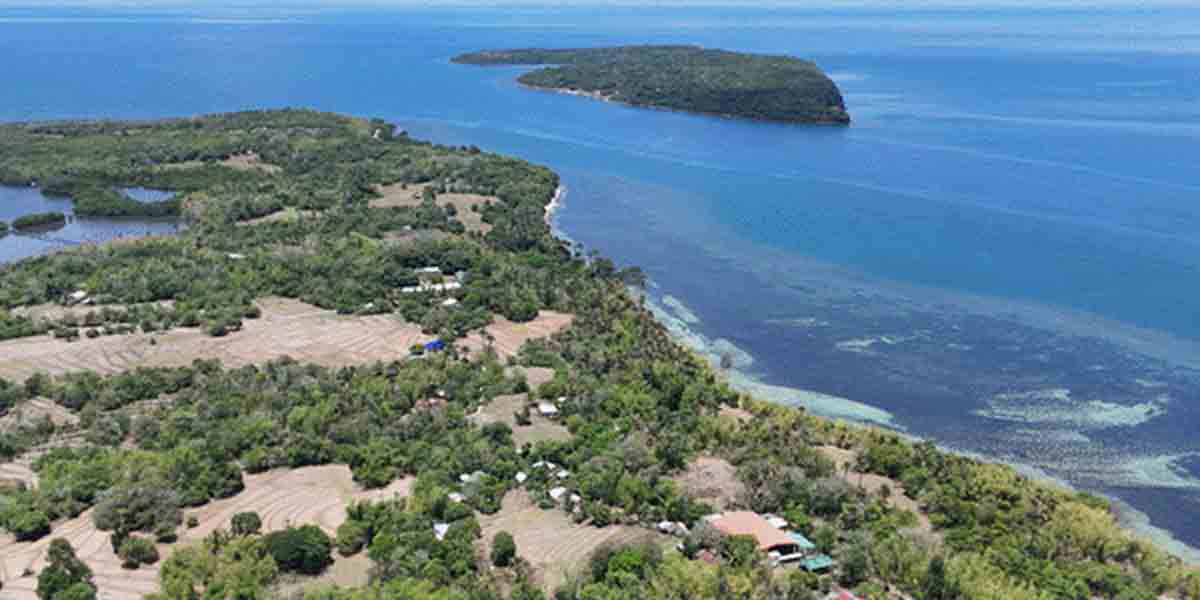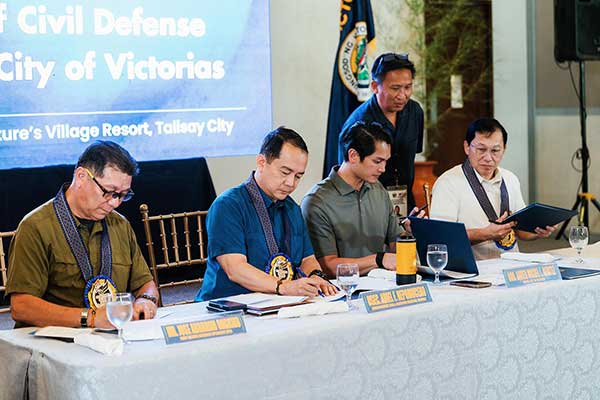
VICTORIAS CITY — The Office of Civil Defense (OCD) signed two key memoranda of agreement on April 11 to boost disaster resilience efforts in Negros Occidental, partnering with the city of Victorias and the Negros Association of Chief Executives (ACE).
The first memorandum of agreement (MOA) with the city of Victorias aims to strengthen local disaster risk reduction and management (DRRM) efforts.
This partnership is a crucial step toward building a disaster-resilient Victorias by enhancing local capacities in disaster preparedness, emergency response, and technical assistance.
The agreement gives Victorias City access to OCD’s expertise, training programs, and data resources, enabling more effective planning and community-based DRRM systems.
The second MOA was signed with the Negros ACE, also led by Victorias City Mayor and Negros ACE President Javier Miguel Benitez.
It supports a province-wide initiative to raise DRRM standards across local government units (LGUs) in Negros Occidental.
The agreement focuses on collaboration, information sharing, and capacity building among LGUs, with OCD providing technical and operational support to enhance local preparedness and resilience programs.
The signing ceremony, held in Bacolod City, was attended by OCD Administrator Undersecretary Ariel Nepomuceno, OCD Disaster Preparedness Service Director Caesar Agnir Jr., OCD Assistant Secretary Carlos Bathan, OCD Negros Island Region Director Donato Sermeno III, local officials led by Mayor Benitez, and University of the Philippines Resilience Institute Chief Science Research Specialist Jose Abraham Ongkiko.
The event marked a major step forward in strengthening safety and preparedness in the region, particularly in light of the recent explosive eruption of Kanlaon Volcano.
In his speech, Nepomuceno — who also serves as executive director of the National Disaster Risk Reduction and Management Council (NDRRMC) — described the MOAs as milestones in OCD’s partnerships with LGUs and other sectors.
He underscored the importance of collective action among LGUs, the private sector, and civil society, given the Philippines’ high exposure to natural hazards.
“We have around 300 volcanoes in the country; 24 are active — one of which is Kanlaon,” Nepomuceno said.
“As you can also see, we are trying to catch up on preparations for earthquakes.”
He stressed the need for LGUs to be well-equipped as frontliners.
“We have to make sure that you have the capabilities in terms of funds, equipment, and personnel,” he said.
“What the Office of Civil Defense can offer are technical, managerial, operational knowledge and scientific data that we get from all other agencies worldwide.”
Nepomuceno expressed optimism that the agreements would lead to stronger cooperation in the future.
“On behalf of President Ferdinand Marcos Jr. and Defense Secretary and NDRRMC Chair Gilberto Teodoro Jr., we want to assure you that we are ready to assist in all other possible calamities, not just with Kanlaon,” he said.
“This is not just our job. This is not just our duty. It is our responsibility as Filipino citizens who care for your city.”
‘Resilience Building an Existential Need’
For his part, Benitez emphasized that resilience building is critical for Negros.
“Our agriculture, our cities, our tourism, and our people’s livelihoods depend on our ability to minimize disaster disruptions,” he said.
“When a city like Victorias or upland farms in Candoni are affected by landslides, it impacts the entire province’s food supply and economy.”
He echoed Nepomuceno’s call for effective communication during emergencies and stressed the value of combining national early warnings with local ground reports.
Benitez said the MOAs would pave the way for joint drills, training workshops, and possibly a Negros Island DRRM Summit.
“Last but not least, also important are science-based strategies,” he added.
“We will collaborate on updating our hazard maps and risk assessments using the latest technology.”
He expressed confidence that a data-driven approach will improve infrastructure planning and risk mitigation.
Ongkiko, representing the UP Resilience Institute, emphasized the role of science and research in empowering local communities for disaster preparedness.
He urged local leaders to ensure the continuity of public service and the proper implementation of contingency plans.
As of this writing, Mount Kanlaon remains under Alert Level 3 following its April 9 eruption, which lasted nearly an hour.
More than 25,000 residents in Negros Occidental have been displaced, but OCD regional officials assured that LGUs have emergency plans in place. (Victorias City LGU)

